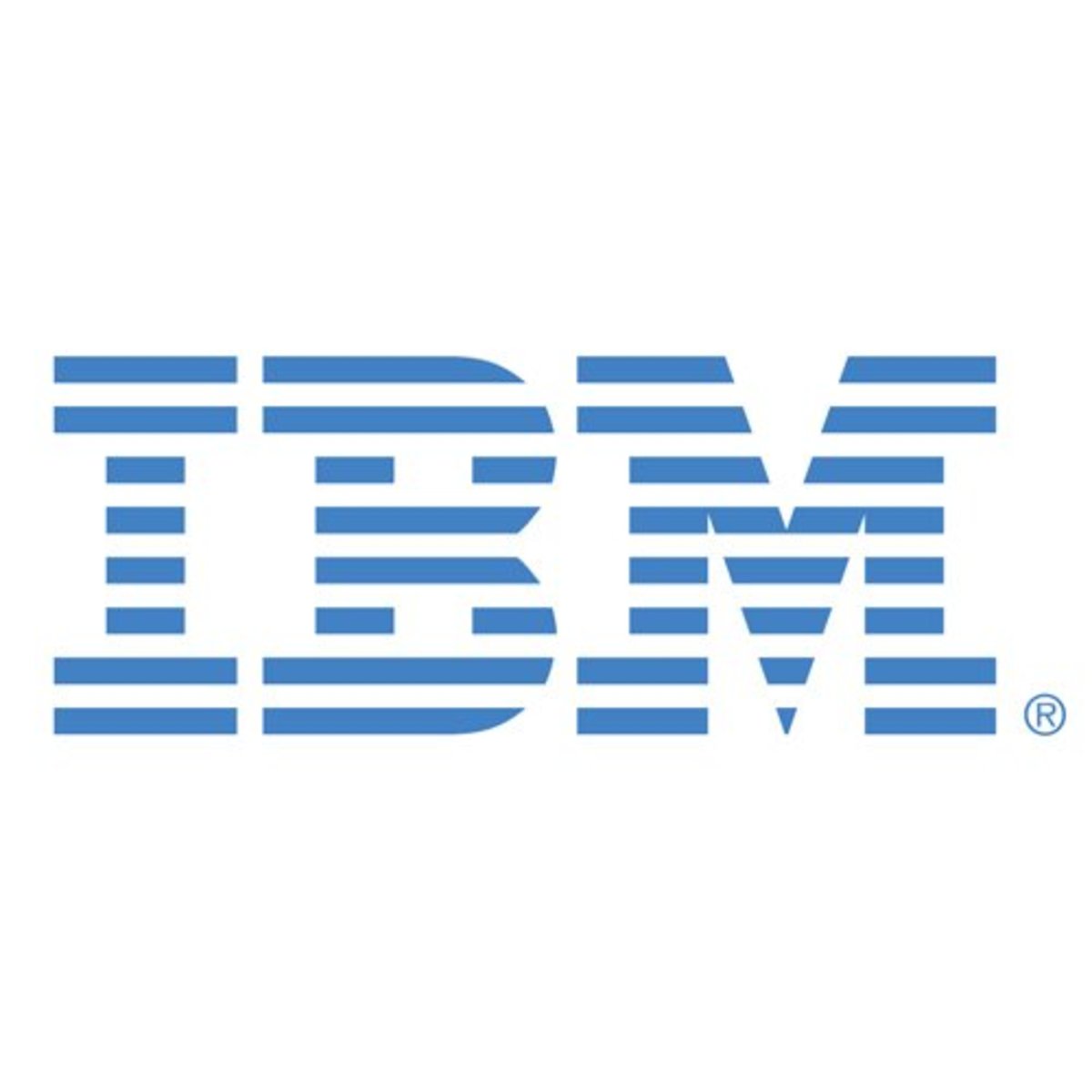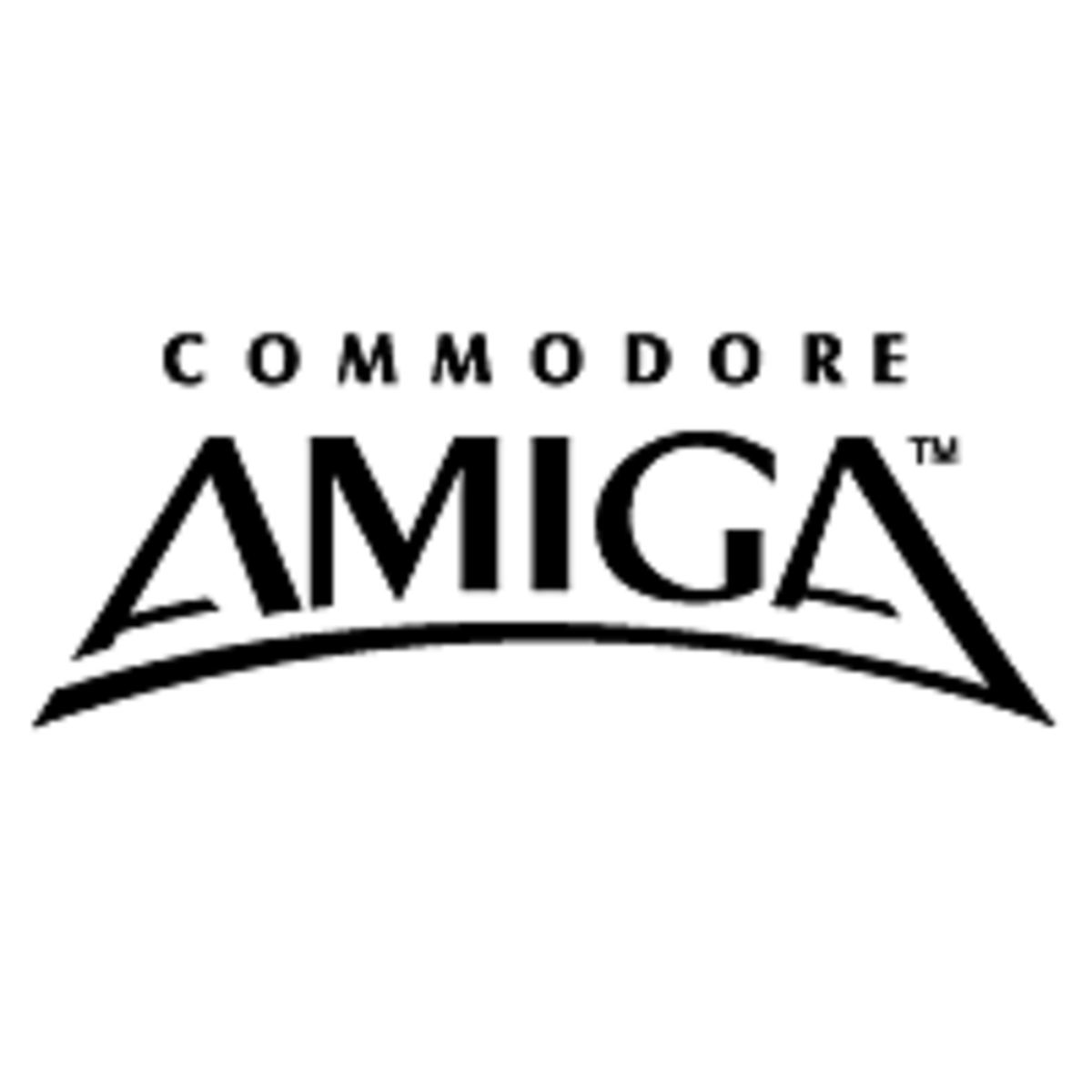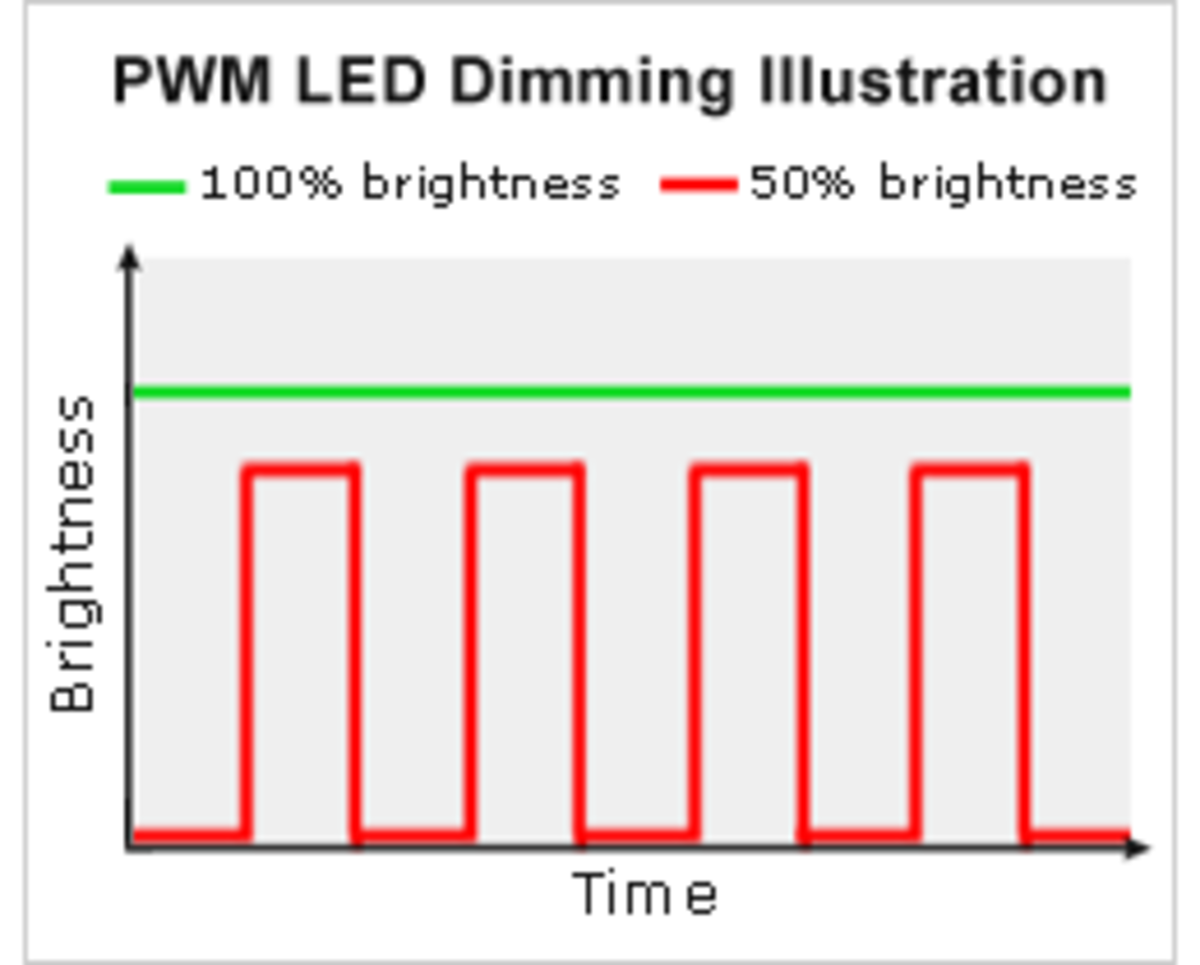IBM '80 vs Microsoft '08 an alternative History of Computing
How I survived 42 years in the Computer Industry
Background
I started work on computers in July 1965. Way back when IBM was king and a few other Computer manufacturers called the BUNCH existed. The Bunch consisted of Burroughs, Univac, NCR, Control Data and Honeywell (remember them?). In Europe there was International Computers and Tabulators(ICT) later ICL (the L stood for limited as Tabulators all but disappeared) Siemens, Leo Marconi and Bull. The first machines based on the IBM 360 were beginning to appear but all of these computers including the mighty 360 were based on a design by the RCA corporation called the spectra 70. The 70 stood for a machine for the 70's and eventually became the IBM 370.
I kind of stumbled into computers. My first job was in a Building Society (in the USA this would be a mutual mortgage loan society) ,which is not quite a bank but these later became banks (but that is another story). We did not yet have computers in the Building Society world in South Africa, although a couple of Banks were taking baby steps from Magnetic Stripe Ledger Machines to small computers. These were mostly equipped with NCR 315 ‘s , Burroughs B1500 and IBM 1401 04 1440 computers. The reason NCR was quite strong was because of the long relationship in supplying cash registers and magnetic stripe ledger machines.
National Service - the AIR Force 1964 1965
I worked as a clerk on what is known as "the junior's desk", and then later became a junior teller earning the princely sum of Forty Two pounds five shillings ( about R95.00 - twelve US dollars now, but at that stage it would have bought about $100 as the exchange rate was pretty good).During my sojourn here I received the dreaded blue card (our draft card). I applied to enlist in the air force and was lucky enough to be accepted. I was then drafted and reported to the Air Force gymnasium for basic training.
The aptitude test
As part of our induction we were given IQ and aptitude tests. One of these tests was a spatial perception aptitude test. This consisted of a progression of blocks containing geometric shapes and shading with a "chose the logical match" block at the end of the row.. After these test were administered I was called into the CO's office for an interview with the Council for Scientific and Industrial Research (CSIR) and asked what I was studying and what I did for a living. I told them that I was a clerk/teller.in civilian life They asked if I knew anything about computers. I replied in the negative. They then informed me that these spatial perception tests had been performed since 1939 and I was the first person, to their knowledge, with a perfect score in that section and did I know that I was probably suited for a career in computers. They then advised me to contact them when I finished my military training for some advice in this regard. I agreed.
I then went on to study meteorology and completed my course as well as my airforce training, promptly forgetting about this incident , computers, tests etc.
Civilian life again
I returned to civilian life in early 1965 and promptly found myself back on "the junior's desk", I decided that I was not cut out to spend the rest of my life in a banking environment. I bought The Star newspaper at lunch time and scanned the wanted ads.
I saw an ad for a computer operator (no bells rang for me at his stage). I applied and was granted an interview. I enjoyed the tour of the computer room. The computer was a Burroughs B203 and had a whopping 2.4k (Yes K!) memory with a card reader , card punch, Paper tape reader, a huge drum printer capable of printing 300 lines per minute (wow!) and three Magnetic tape units (No disk!). It took up a room as big as a small restaurant. The power was 3 Phase. It had a false floor to enable the cables that led to each device to be concealed for both safety and aesthetic reasons. It was serviced by two 1,.5 ton air-conditioning units which had a hygrometer with human hair to measure ambient humidity as well as a temperature gauge. Temperature and humidity could not vary by more than 5 degrees each way otherwise the transistors and core memory in the computer would fail. There was also an ink plotter on the wall, with a circular wheel and ink-filled pens with different colours for humidity and temperature.to record the charts. These charts and the ink in the pens were replaced once a week.
Another separate room had card sorters (IBM 083's), collators (IBM 077's) and a gang punch (IBM 514) for processing of punch cards. Each device was the size of a small car a (mini) An additional room housed the punch and separate verifier machines and the operators. Each of this was thissize of an office desk and were very noisy.
The aptitude test again
I was fascinated and wanted the job...but wait! I had to pass an aptitude test first!. Yep you guessed it that selfsame test. I laughed and told my future boss that if all came down to that test I had the job in the bag ,as I had done a similar test before with good results. He said good was not good enough I needed at least 80%. I laughed. And did the test. He phoned a day or so later and needless to say I had cracked the nod for the Job. So that is how I stumbled into computers
Fast forward to 1980
I worked for that organization (a Service Bureau) for some three years progressing from operator to programmer (Machine language and later assembler) to Programming Manager
In about 1969, I decided that I wanted to work for IBM so I phoned them. Once again I was told "not so simple... aptitude test" . Once again after doing a similar, but different aptitude test I got the Job! At that stage IBM was the greatest, agile , fast moving, fun to work for company. New computers such as the 370 was being released. all the time. It was exciting, it was great.
I left IBM after a while as I was head-hunted back into the Burroughs world, more money, more interesting job. In the early seventies, I was retrenched, the economy had taken a nose dive and the company I worked for at time went bust. I started my own business with a unique concept ,in that we were selling the programming development service Up until that time, programs were written for free and the cost was recouped either from running the programs (service delivery) or from he capital cost of the computers sold. Remember computers were a big ticket Item. We (three other bright guys and myself) were told "you are mad - no one is going to pay for programming of systems" . We laughed last! Our former employers were our first customers and from there it just took off and numerous other programming houses, following our model, sprang up.
The Soweto riots 1976
Our phones rang off the hook. We were extremely busy until one morning a marauding singing, dancing (we call this toy-toying) mob brandishing clubs, sticks, stones, knives (pangas) and other weapons crossed the bridge crossing the main railway line which separated downtown Johannesburg from the business area Braamfontein. We could see this from the windows of our offices. Our phones stopped ringing and never rang again. Contracts did not materialize or were cancelled.
This was June 16, 1976 where a series of clashes in Soweto, South Africa between black youths and the South African authorities spread out like wildfire. This resulted in a total slow down of the economy and a total freeze on imports. Our business which existed alongside the computer manufacturers sales capability, came to a grinding halt. We decided to close down our business and look for Jobs while we were still ahead (solvent that is). We were all successful in finding employment, mainly from our existing customer base.
1976 to 1980
I ended up working in the newspaper industry and was responsible for the planning, specification and introduction of electronic editing and classified systems in a major newspaper group. This entailed using the new fangled mini computers from DEC (Digital Equipment Company) as well as leading edge Motorola based Microcomputers. The programs from these were stored on the DEC's and downloaded into the memory of these devices. All "green screen" stuff - no graphics no WYSIWIG (what you see is what you get) all mono-spaced characters on green text screens. There were hyphenation and justification algorithms to mark line endings on screen. All printing was done to dot matrix printers and output was directly to Phototypesetting machines onto bromide output, which was then cut and pasted onto form layouts (called dummies).
I felt there had to be a better way and a quiet revolution was on the way.
!980 On - Microcomputers (or the first PC's)
A couple of new device had found their way onto the business scene, the so-called Microcomputers. These were the likes of PET Commodores, RadioShack TRS 80's, Apple Mac and a couple of machines from Britain from Sinclair which used a concurrent disk operating system. These devices were considered toys although most of them had more memory than the first mainframes that I had worked on in the sixties. Cheap dot matrix printers could be coupled to these. Lasers had not yet appeared. Some rudimentary software became available like Supercalc (spreadsheet) Wordstar (word processor) and some terminal emulation software. Most Mainframe manufacturers made a lot of money from terminal sales but these "toys" could emulate terminals and add spreadsheet and word processing capability for less than the cost of a terminal.
IBM's seeds of destruction are sown!
By now IBM was the dominant force in Mainframes but was irked by the inroads these micros were making in the terminal market. IBM decided that if you cant beat ‘em join ‘em. They created a task force and came up with a plan. Intel was to supply the 8086 processor Chipset. They looked for operating system software. They liked C-Dos by Gary Kildall of Digital Research but he apparently went sailing on his Yacht, leaving his wife acting on his behalf. She refused to sign a non-disclosure agreement. They then went to see a fellow named Bill Gates, Gates, who was instrumental in the development of the Basic programming language, claimed to have an operating system called Dos. He hit on a royalty model where he would paid a small percentage by IBM for each operating system installed on IBM PC's.
His proposal was accepted so he went and bought the operating system (which he did not own) from the then owner of QDOS, the "Quick and Dirty Operating System" written by Tim Paterson of Seattle Computer Products, for a prototype Intel 8086 based computer. Gates called this disk operating system DOS and later MS-DOS. The rest, as they say,is history.
IBM's stamp of legitimacy on the PC was the beginning of the destruction of IBM as the dominant force and gave rise to the Microsoft empire. IBM's size had caused it to become slow moving and inflexible "no-body ever got fired for buying IBM" was a rallying call. Sounds familiar doesn't it.
Bigger and Bigger, Faster and faster
In the meantime the birth of laser printers, development of graphics and graphical users interfaces, initially pioneered by Xerox and adopted by Apple, served to give Apple dominance in the publishing niche market. Microsoft aided and abetted by Intel and Moore's Law also started adapting and making MS-dos bigger better and more graphics oriented.
My History -resumed 1984 onward
With the birth of the new PC's and about the time of Windows 3.1, I believed that PC's could be used in the publishing industry. These were significantly cheaper than Apples, which in any event were not available in South Africa due to sanctions being imposed on the ruling apartheid government. Eastern PC clones were readily available and XYwrite and Pagemaker became available on the PC platform. I then pioneered and wrote within Xywrited Basic, a full blown Newspaper system based on peer to peer LAN networks and workflow using the abovementioned components. I installed these systems in over 60 regional free sheets or suburban newspapers over the next ten years .It is interesting to note that we used laser printers for output. As ,we found that, instead of the copy degrading, through the production process, the jagged edges of the laser characters filled in and improved the output, making it suitable for cut and paste, bypassing the need for expensive phototypesetting devices. We used a program called PhotoStyler and even managed to do colour separations to laser and produced colour photos in the papers using this technique. The display ads were done using Pagemaker ( very similar to Quark which was then not yet available on the PC platform).
IBM ‘80 vs Microsoft ‘08
The developments from 1984 to now have culminated Microsoft releasing the Clunky Vista operating system of today. Microsoft is now big and inflexible a well as slow moviing. Linux and open source are gaining ground and are in my opinion placed where Microsoft was in 1980.
So is history about to repeat itself - Watch this space!








